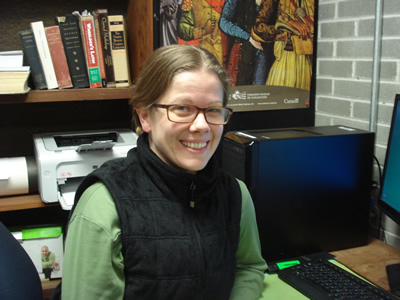I use principles from a connectivist pedagogical framework (Siemens 2004) to inform my creation of Brave Spaces (Davis et al. 2013) in in-class, web-based, and HyFlex courses. This means I create spaces wherein course participants have freedom of choice as to what they wish to focus on as most relevant to them. I thereby view my role as facilitating and improving the quality of connections between course participants and (1) curated course materials, (2) fellow course participants and (3) networks outside of the classroom, including course participants’ own personal networks and those relevant to the course’s subject matter. The goal is to create new connections still relevant years after a course has been completed.
Accessible Multimedia Integration
Through the Digital Pedagogy Project run by Carleton’s Chair in Teaching Innovation, I restructured my introductory course on the history of Asian philosophy using present-day multimedia representations of Asian philosophy.
Example: Graphic Novel Excerpt
The cover of the graphic novel, “Nachiketa and Other Tales from the Upanishads someone with large stature and blue-tinted skin engaging with a youth who presses his palms together in a gesture of respect.

The first unit supports course participants’ reflection on how our study of classical texts in the history of Vedānta, particularly Adi Shankara’s non-dualism, develop their initial understanding of the chariot analogy as it is represented in the graphic novel by Amar Chitra Katha. This reflection invites participants to assess their background knowledge and describe how that knowledge develops through learning historical concepts. More about how this project can be read on the Digital Pedagogy Project’s webpage: “Dr. Melanie Coughlin and Saar Karam, creating multimedia-based learning reflection activities in PHIL 2700”
Web-Based Communication
“Welcome to My Online Classroom: Communicating Expectations,” March 2019
I was invited to lead a workshop to support faculty who had to teach online for the first time due to the COVID-19 crisis.
In-Class Activities

“Group Presentations Engaging Students Even in Large Classes” Dec 16, 2014
I was recognized in 2014 for a novel way of facilitating engagement with primary sources in large classes. This modular form of group assessment increased the depth and originality of individualized primary source interpretations.